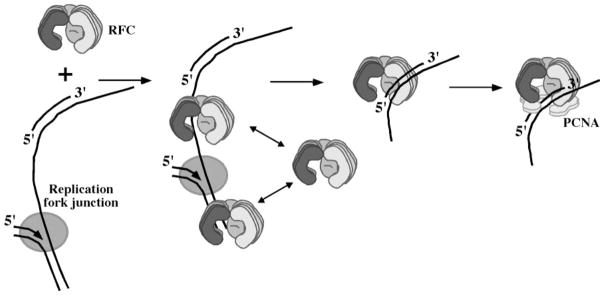Fig. 9. A model for rapid recognition of primed DNA sites by RFC at the DNA replication fork.
During DNA replication, the RFC clamp loader can transiently interact with single- and double-stranded DNA at the replication fork until it recognizes a primed DNA site, where it pauses to assemble a clamp. The ability to scan DNA rapidly as well as bind a primer-template structure with high specificity and stability among excess single- and double-stranded DNA may improve the efficiency with which RFC catalyzes clamp assembly at primed DNA sites.

